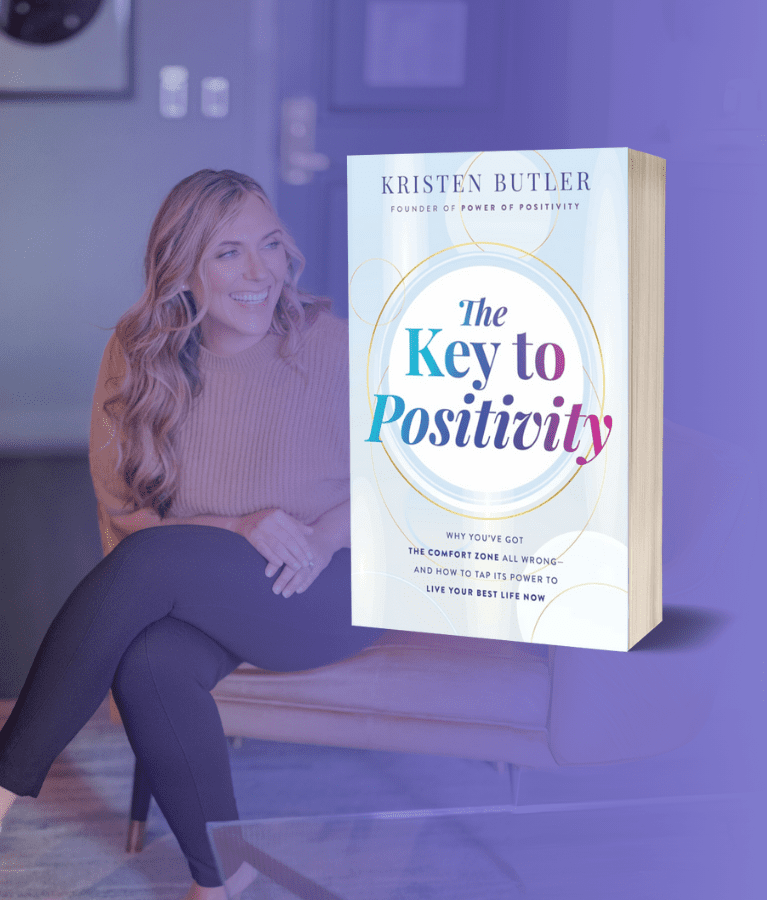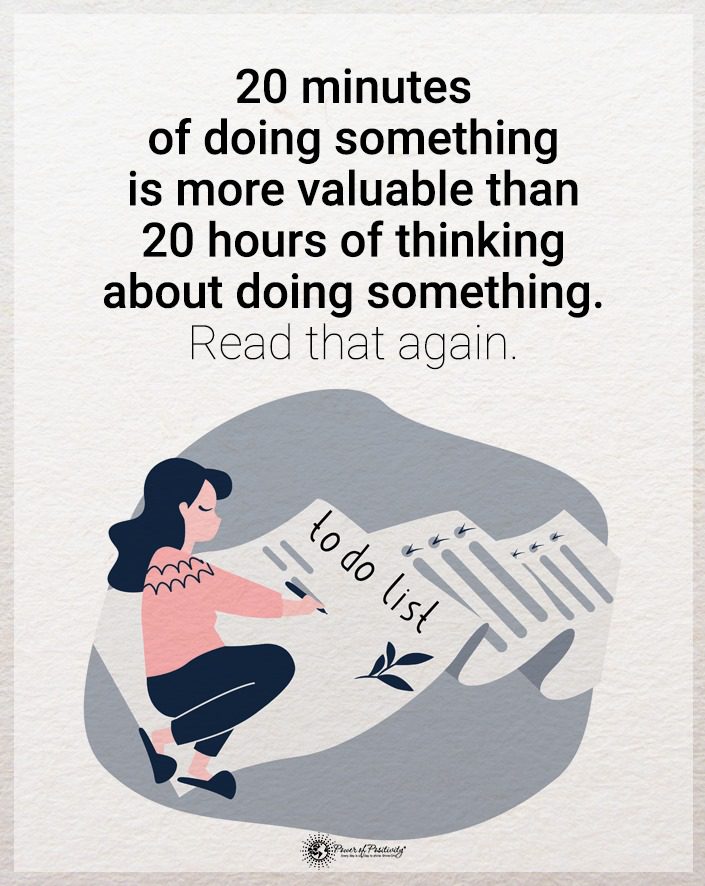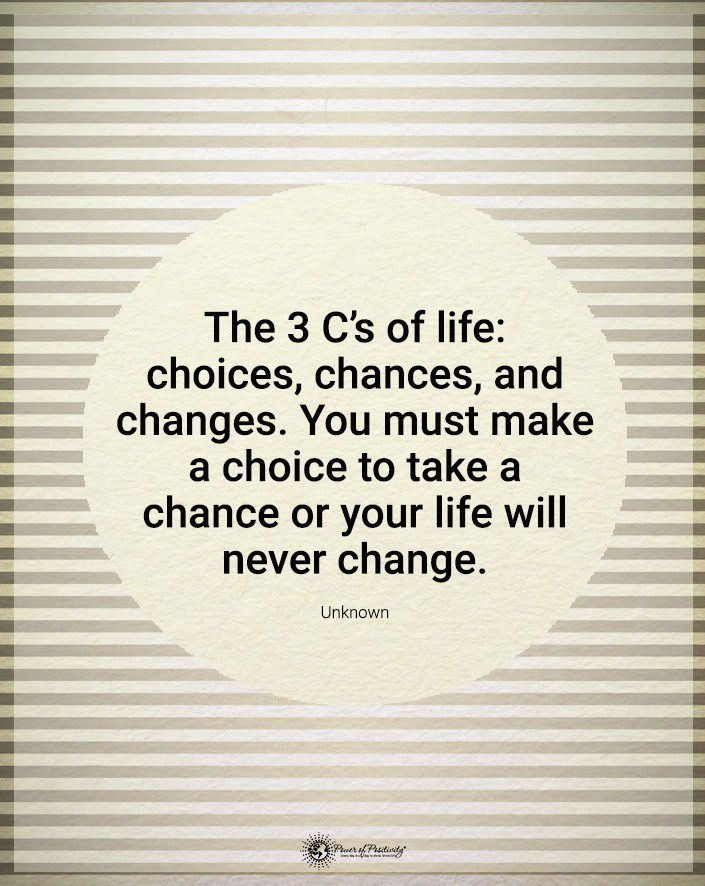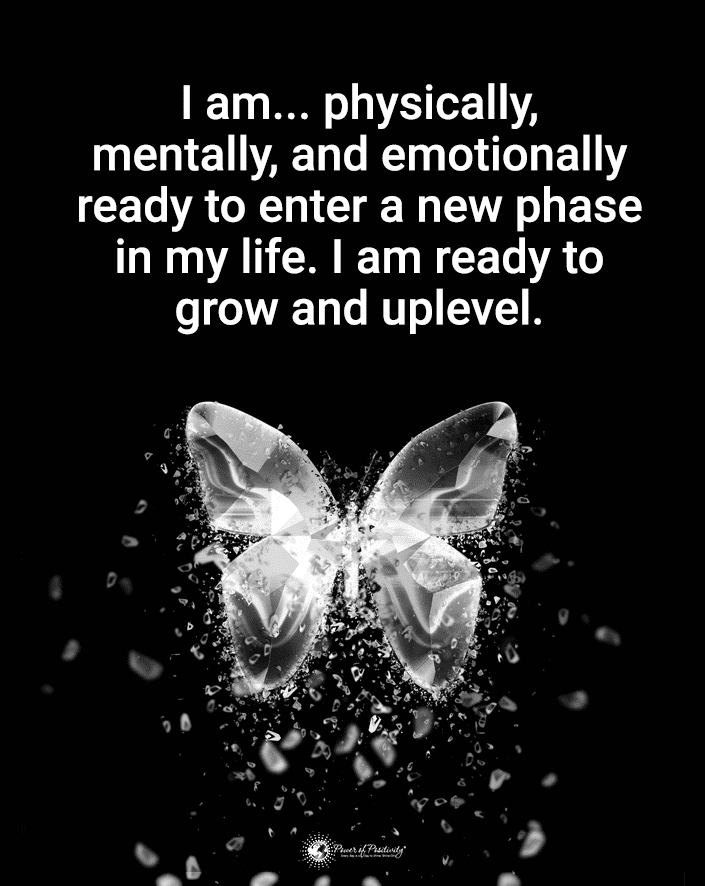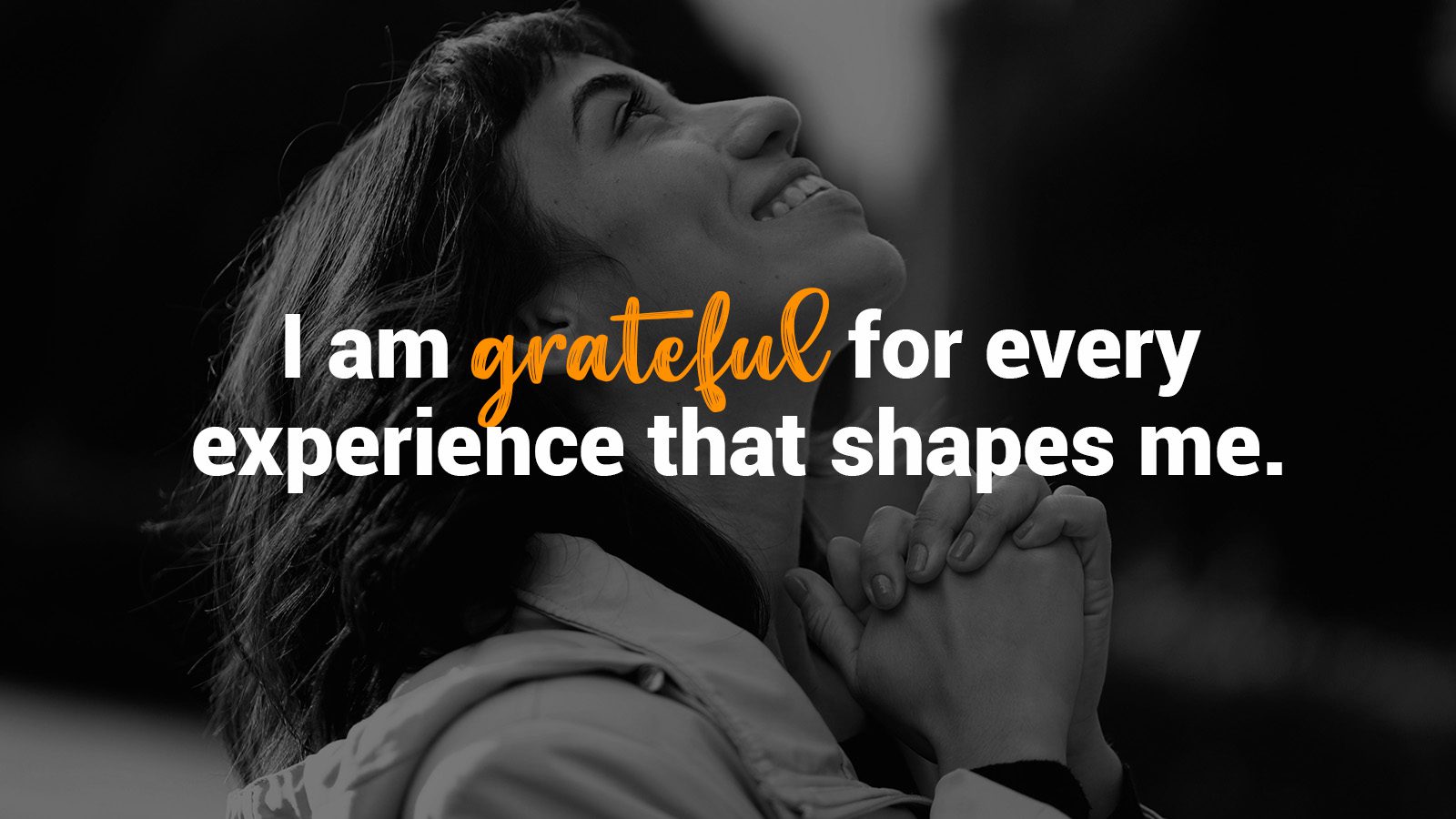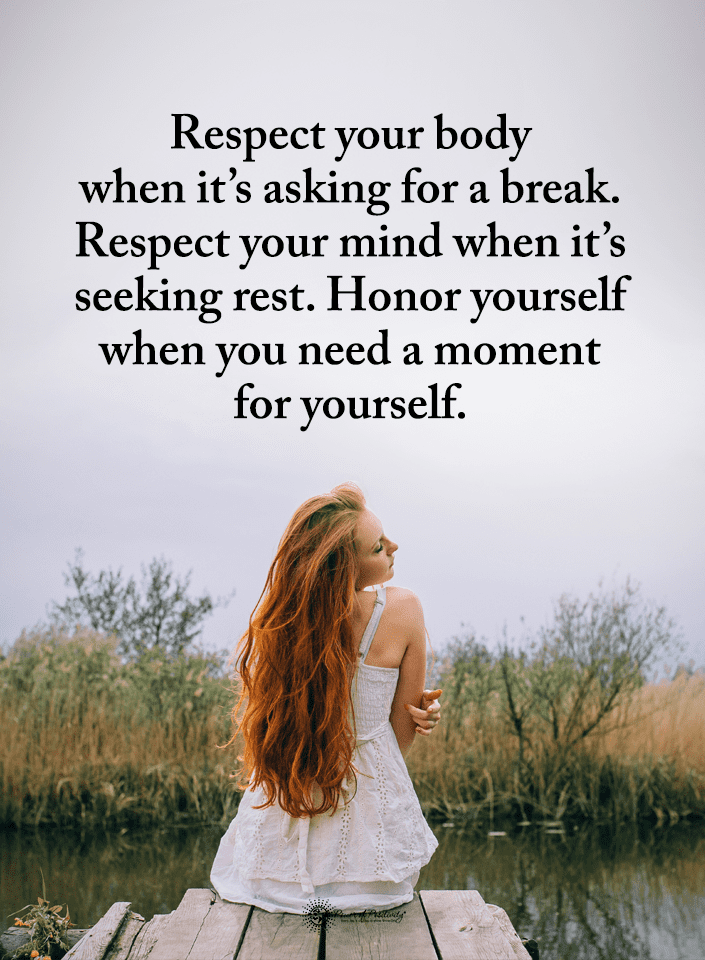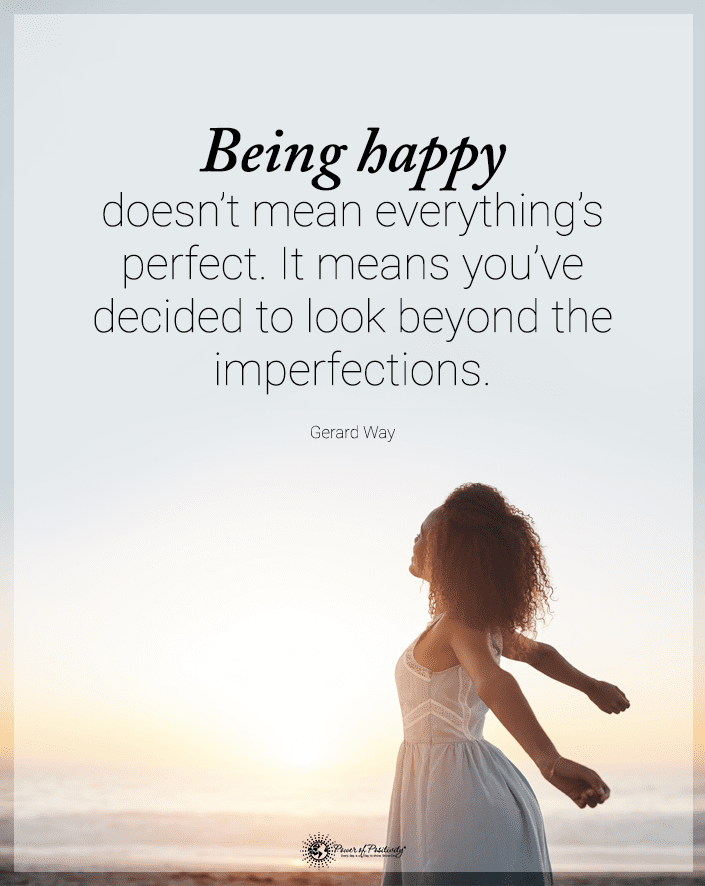What are the signs of a girlfriend who’s not really into you?
The subtle nuances are often the first signs of an unloving girlfriend. Wildly romantic gestures and passionate declarations may steal the spotlight early on. But it’s the everyday actions and attitudes that truly define the health and happiness of our relationship.
This article is about unearthing those less obvious yet deeply significant behaviors that may indicate an unloving girlfriend. Knowing how to spot these twelve red flags can help shine a light on behaviors that can quietly impact your relationship. So, let’s navigate through these signs to raise awareness—often the first step toward positive change and healthier relationships.
NOTE: We also have a separate article on the behaviors of an unloving boyfriend, as male behaviors can differ somewhat from those of women.
1 – An Unloving Girlfriend Displays Frequent Flakiness
Imagine the disappointment of looking forward to a planned outing only to receive a last-minute cancellation text from your girlfriend. Now, imagine this happening repeatedly. This pattern of frequent flakiness is not just about rescheduled plans; it reflects a deeper issue of respect and consideration. When your girlfriend consistently cancels on you, it subtly communicates that your time and emotions are not her priority.
The emotional toll of this behavior can be significant. It leaves you feeling like a backup option, an afterthought rather than a priority. Over time, this can erode your self-esteem and the sense of importance in the relationship. It’s not just the missed dates but the accumulating sense of unreliability and unpredictability that can weigh heavily on your heart and mind. In a loving relationship, both partners’ time and feelings are valued and respected, creating a foundation of trust and mutual respect.

2 – She Is Always Critical of Your Ambitions
Support and encouragement are the lifelines of any thriving relationship. Consider the opposite: your girlfriend consistently critiques your ambitions, mocks your career choices, or belittles your achievements. This behavior is more than just occasional teasing; it systematically undermines your dreams and efforts. When the person who’s supposed to be your biggest cheerleader becomes your harshest critic, it takes a toll on your self-confidence and the supportive dynamics of the relationship.
Mutual respect and encouragement are not just niceties but essential in a loving partnership. A partner who belittles your ambitions may dampen your personal growth and create a rift in the emotional connection you share. Being in a relationship should mean being with someone who believes in you, lifts you up, and stands by you as you chase your dreams. This support is a cornerstone of mutual respect and love, creating a bond that celebrates success and endures through challenges.
3 – An Unloving Girlfriend May Ignore You on Social Media
Social media is more than just a platform for sharing pictures and updates. Indeed, it’s become an extension of our social lives and, by extension, our relationships.
So, what does it mean when your girlfriend, who is otherwise active on social media, consistently excludes you from her online narrative? This social media indifference can be quite telling. It’s not about demanding a constant online presence as a couple but about the desire for acknowledgment and inclusivity.
Being omitted from her social media life, especially when you are an active part of her real life, can feel like a form of digital dismissal. It can lead to questions about her commitment and how she perceives your relationship. In a world increasingly connected online, recognition and acknowledgment on these platforms have become intertwined with how we perceive and validate our relationships. While every couple’s social media boundaries may differ, the key lies in mutual comfort and respect, where both partners feel acknowledged and valued offline and online.
4 – An Unloving Girlfriend Has Selective Attentiveness
Consistency is a cornerstone of a healthy, loving relationship. This becomes problematic when your girlfriend’s attention and interest in you fluctuate, heavily influenced by her moods or personal needs. This selective attentiveness can leave you uncertain about where you stand in the relationship. It’s like riding an emotional rollercoaster, not knowing if you will be the center of her world today or just a background character.
The problem with conditional interest is that it creates an unbalanced dynamic, where one partner’s emotional needs are prioritized over the other’s. In a healthy partnership, care and involvement are not variables dependent on mood or convenience but constants. Consistent care and involvement signify security and stability in a relationship, where both partners feel valued and important regardless of the circumstances.
5 – She Displays a Lack of Emotional Support
Emotional support is the invisible thread that holds a relationship together, especially during tough times. When your girlfriend is indifferent to your emotional needs, particularly during periods of stress, illness, or personal setbacks, it can be deeply wounding. This lack of emotional support leads to feelings of isolation and neglect, exacerbating the difficulties you are already facing.
A partner’s support during challenging times is not just about providing solutions or advice. It’s about presence, empathy, and the assurance that you are not alone in your struggles. Her indifference during these times can significantly impact the trust and intimacy in your relationship. Emotional support is a fundamental expression of love and care, and its absence can question the foundation upon which the relationship is built.
6 – She Starts Avoiding Your Family and Friends
Part of being in a relationship is integrating into each other’s wider social circles, including family and friends. When your girlfriend consistently avoids or shows disinterest in your loved ones, it can feel like a rejection of an essential part of your life. This behavior can divide your personal and relationship life, making it challenging to build a future together that encompasses all aspects of your world.
The importance of embracing each other’s social circles cannot be overstated. It’s not just about attending events or gatherings; it’s about showing interest and making an effort to form connections with those important to you. Her willingness to meet up with your friends and family speaks volumes about her commitment to the relationship and her desire to share in all parts of your life. In a loving relationship, both partners take steps to become a part of each other’s broader world, thereby deepening their connection and understanding of each other.
7 – An Unloving Girlfriend Withholds Affection
In the tapestry of a relationship, affection is one of the most vibrant threads, a tangible expression of love and care. However, when affection is used as a tool for manipulation or control, it loses its warmth and sincerity. If your girlfriend withholds affection – be it physical touch, kind words, or emotional closeness – as a means to influence your behavior or decisions, it can lead to significant emotional distress. This behavior manipulates your natural desire for closeness and approval, turning affection into a reward rather than a spontaneous expression of love.
The need for genuine, unconditional affection in a nurturing relationship is critical. Affection should not be conditional or used as a bargaining chip. Its presence or absence should not depend on how well you align with your partner’s expectations or demands. Genuine affection is freely given and received, creating a safe, supportive environment where both partners feel valued and loved. In a healthy relationship, affection is a constant source of strength and connection, not a variable to be adjusted for control.
8 – She Places an Overemphasis on Gifts and Material Things
While gifts and material possessions can be expressions of love, they should not overshadow the emotional depth and connection that form the essence of a relationship. If your girlfriend places an excessive emphasis on gifts and material things – either as a measure of your love for her or as a way to flaunt the relationship – it can create an unbalanced dynamic. This overemphasis on the materialistic aspect can lead to the undervaluing of more meaningful expressions of love, such as quality time, words of affirmation, and acts of service.
Balancing tangible expressions of love with emotional connection is key. Gifts can be wonderful, but they should complement, not replace, the emotional intimacy and bond shared between partners. The moments of shared laughter, understanding, empathy, and support truly fortify a relationship. A balanced approach values both the joy of giving and receiving gifts and the deeper satisfaction of emotional intimacy and mutual respect.
9 – She Refuses an or Accountability When Making a Mistake
Accountability and the ability to apologize when wrong are fundamental to the integrity and health of any relationship. When your girlfriend consistently refuses to acknowledge her mistakes or apologize, it harms conflict resolution and erodes the foundation of trust and respect in the relationship. Deflecting blame, making excuses, or refusing to accept responsibility are signs of a lack of maturity and respect for the relationship.
The willingness to admit faults and apologize sincerely is a sign of strength, not weakness. It demonstrates a commitment to the relationship and respect for your feelings. Acknowledging mistakes and making amends is crucial for healing and moving forward together. Without this accountability, issues linger, and resentment builds, weakening the bond and trust essential for a loving, healthy relationship. In a nurturing partnership, both individuals are willing to own their actions, apologize when necessary, and work together toward mutual understanding and forgiveness.
10 – She Is Constantly Distracted by Her Technology
The impact of digital distractions on relationships caan feel insurmountable. When your girlfriend is constantly absorbed in her phone during your time together, it can create a barrier to intimacy and connection. These distractions can make you feel like a secondary priority, whether it’s endless scrolling through social media, texting, or taking calls. Shared moments, from quiet dinners to casual conversations, lose their value when one person is not fully present.
Being present and engaged during shared moments is pivotal in a healthy relationship. In these undistracted times, you truly connect, share experiences, and build memories. Being physically and emotionally present shows a level of commitment and respect for the relationship and each other. These moments of focused attention and engagement deepen your bond and enhance your sense of closeness and intimacy.
11 – An Unloving Girlfriend Dismisses Your Interests
Everyone has passions and interests that light them up, and sharing these with a partner can be one of the joys of a relationship. However, it can be disheartening when your girlfriend consistently shows disinterest or even disdain for your hobbies and passions. This dismissal can dampen your enthusiasm and hinder your self-expression, affecting your happiness and fulfillment in the relationship.
Valuing and respecting each other’s interests is crucial in a loving partnership. Sharing all the same hobbies is unnecessary, but showing enthusiasm and support for what your partner loves is key. This shared enthusiasm allows you to understand and appreciate each other better and opens up new avenues of connection and shared experiences. It’s about celebrating each other’s uniqueness and fostering an environment where you can flourish individually and together.
12 – She Has Inconsistent and Unclear Communication
Communication is the lifeline of any relationship. When communication patterns with your girlfriend become unpredictable and inconsistent, it can lead to feelings of confusion and insecurity. This unpredictability, where she might go silent for days without explanation and then suddenly reappear as if nothing happened, disrupts the stability and security of your relationship. Inconsistent communication can leave you uncertain about her feelings, intentions, and the overall status of your relationship.
Reliable and open communication is essential for a healthy partnership. It provides a foundation of trust, allows for expressing needs and feelings, and fosters a deeper understanding between partners. Consistent communication helps navigate a relationship’s ups and downs, ensuring both partners feel heard, valued, and connected. In a healthy relationship, both individuals prioritize clear and honest communication, strengthening their bond and enhancing mutual trust and respect.

Final Thoughts on the Behaviors of an Unloving Girlfriend
Recognizing and understanding these behaviors in a relationship is crucial for maintaining personal well-being and nurturing a healthy partnership. From the impact of constant phone distractions to respecting each other’s interests and the need for consistent communication, each aspect is key in the dynamics of a loving relationship.
As we conclude, I encourage you to reflect on your relationship and these behaviors. Are you experiencing a balance of love, respect, and mutual support? Remember, awareness of these signs is the first step towards positive change. Strong relationships come from mutual respect, understanding, and care. Empower yourself to advocate for a relationship that uplifts and supports both partners, fostering an environment where love, respect, and happiness are ideals and realities.

